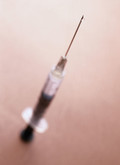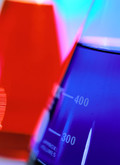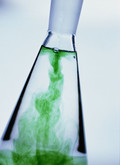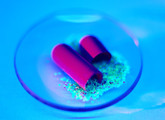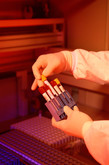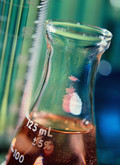Biosimilars/Research
|
Posted 02/12/2011
One of the leading cancer researchers in the US has called for biosimilars manufacturers to undertake additional research. In an interview with The ASCO Post, Professor Mark Pegram, MD, Professor of Medicine and Associate Director for Clinical Research, Sylvester Comprehensive Cancer Center at the University of Miami Health System, Florida, USA, said, ‘Oncologists will be concerned about the safety of biosimilars. They will want to ensure that the chemistry, manufacturing, and composition are on par with the labelled product.’










